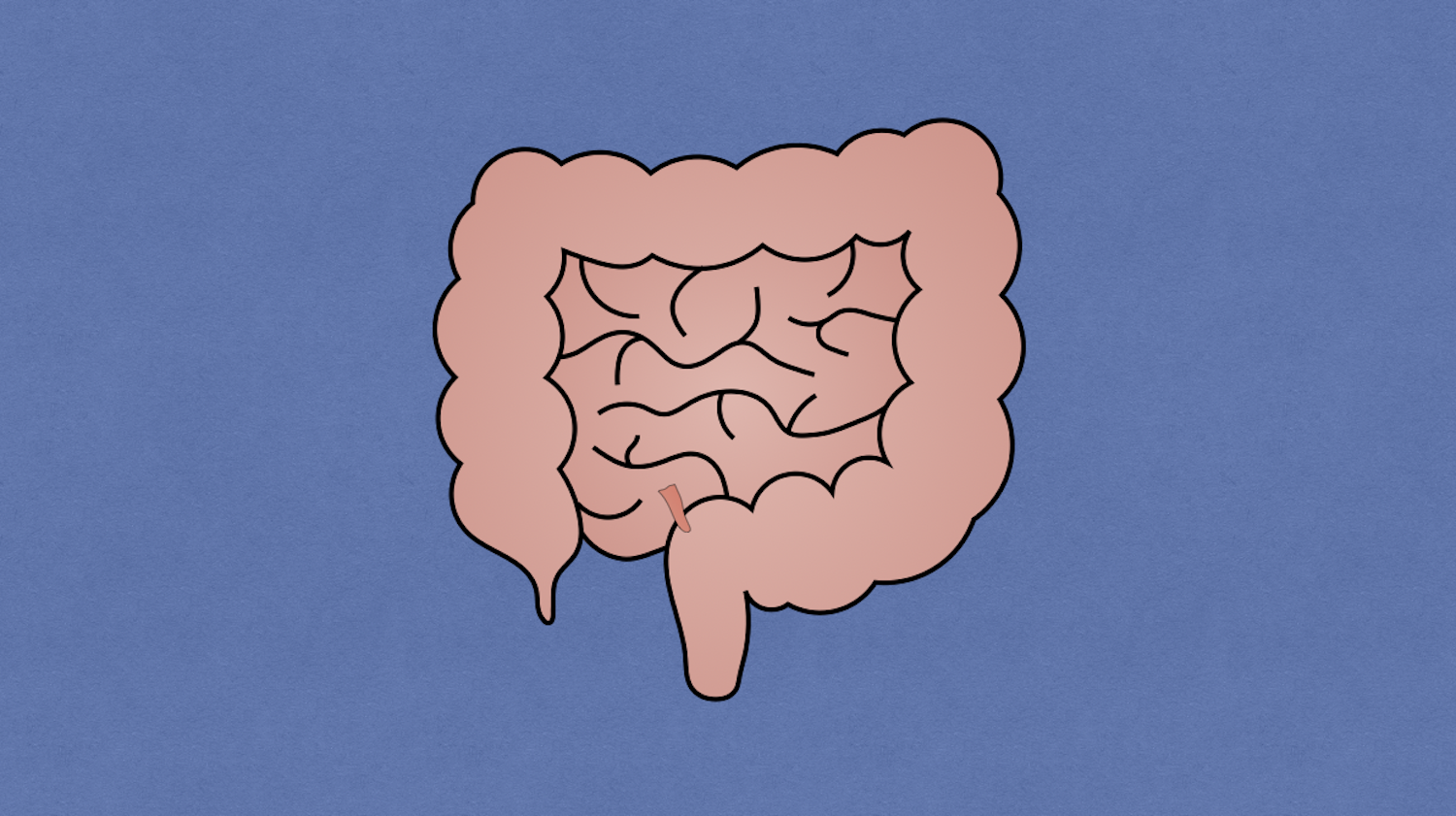Meckel diverticulum is true congenital diverticulum found in the small intestines. Its name comes from Johann Friedrich Meckel (1781-1833), a German anatomist, who first described the embryological origin in 1809.
Pathogenesis
- Persistence of intestinal end of omphalomesenteric duct
- Arise from antimesenteric border of small intestine (ileum is most common location)
- Heterotopic tissue
- Gastric tissue (most common tissue) → most likely to produce symptoms and bleeding
- Pancreatic tissue → causes inflammation
Presentation
- Bleeding (most common presentation) → ulceration on mesenteric border caused by acid made by ectopic gastric tissue
- Obstruction → intussusception, volvulus, torsion, Littre’s hernia
- Meckel’s diverticulitis
- Inflammation from luminal obstruction
- Causes: foreign body, enterolith, inflammatory tissue or tumor
Imaging
- Meckel’s scintigraphy scan (Technetium-99m)
- Detects gastric mucosa, not pancreatic tissue or hemorrhage
- More senstive in pediatric patients (85%) compared to adults
Treatment
- Incidental
- Imaging → observation
- Intraoperative → observation
- Indications for surgery
- Length >2 cm
- Palpable abnormality
- Fibrous bands
- Surgical options
- Diverticulectomy (preferred)
- Segmental resection if broad base (>2 cm) or palpable abnormality at base
- Indications for surgery
- Diverticulitis
- Uncomplicated → diverticulectomy
- Complicated → segmental resection
- Indications
- Perforation
- Inflamed base
- Wide base (>⅓ diameter of bowel or neck >2 cm)
- Indications
- Bleeding
- Diverticulectomy
- Segmental resection
- Indication → ulcer on mesenteric border and occasionally distal to antimesenteric diverticulum
Relevant Information
- True diverticula → involves all layers of the wall (mucosa, muscle, and serosa)
- Rule of 2s
- Found in 2% of population
- Found within 2 feet of ileocecal valve
- Often 2 inches in length
- Contain two types of ectopic mucosa
- Gastric
- Pancreatic
- Can be complicated by inflammation, perforation, hemorrhage, or obstruction
- Most common…
- Cause of painless GI bleeds in pediatric patients
- Lead point in pediatric intussusception
- Carcinoid is most common neoplasia
Complications
- Obstruction → usually caused by intussusception or volvulus around abnormal fibrous connection between diverticulum and posterior aspect of umbilicus
